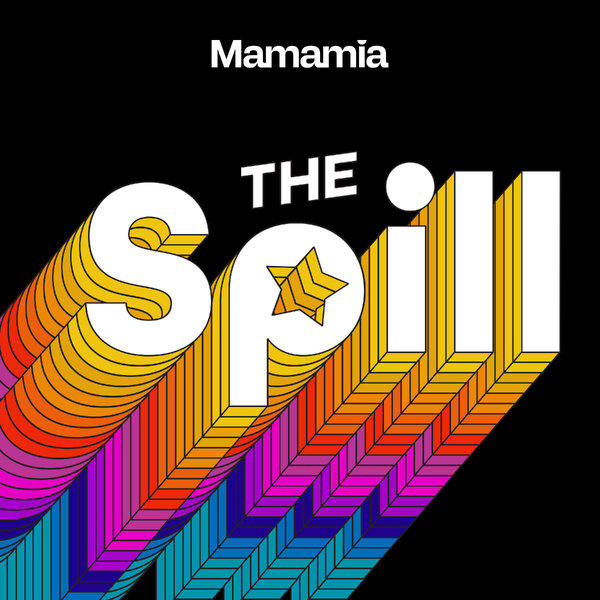You know that feeling you get from infomercials that insist on showing you exactly what’s been growing inside your pillow the last decade or so? Well, prepare to re-feel all those icky feels.
A quick warning: What we’re about to tell you might change the way you bathe forever.
A group of science-types decided to investigate just how hygienic popular cleaning aids — like loofahs, exfoliating gloves or those cute little mesh shower puffs — really are.
Tragically, the answer was not very.
While exfoliating with your old reliable pink puff might leave you feeling fresh, it can also lead to irritation and infection as bacteria makes its way into tiny cuts and abrasions in your skin. Basically, dead skin gets lodged in its nooks and crannies.
“Then, you put them in this environment in the shower that’s warm and moist and gross, and it’s set up for bacteria yeast and mould to grow in the loofah,” according to dermatologist J. Matthew Knight, from the Knight Dermatology Institute.
He told Women’s Health magazine he reckons 9.8 out of 10 dermatologists would agree with him too.
Knight’s claims are backed up by a now infamous loofah study, published in the Journal of Clinical Microbiology, which found that loofah sponges “play host to a variety of bacterial species”, which literally flourish overnight.
So what can you do?
Well, if your preference is one of those el naturale sea sponges affairs, be sure to replace it every three or four weeks, the research suggests.
Or if you’re a plastic puff or loofah gal, you need to replace that baby at least every two months.
In the meantime you should be storing your scrubbers somewhere with a breeze like the window sill, not that gross festering tub we know you have at the end of your bath.
If you see even the slightest hint of mould, it has to go though. Soz.
The best advice we read, though, was to use a washer. And wash it, regularly.

